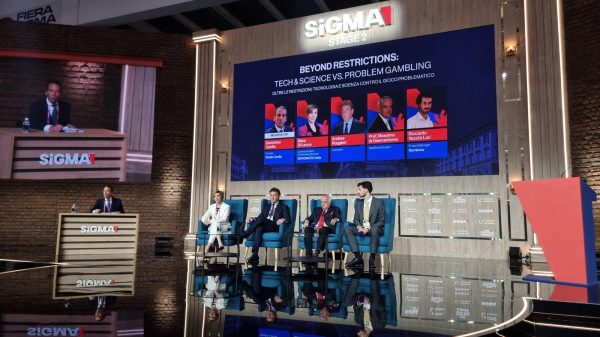
Over the course of the pandemic, big business has done very well by virtue of having produced many goods for society. In a dismal year for most companies, a minority have shone: pharmaceutical groups boosted by their hunt for a Covid-19 vaccine; technology giants buoyed by the trend for working from home; and retailers offering lockdown necessities online.
Many would argue that the reasons for such success stories are obvious. But not every business that might fall into this category has been successful. To better understand those which prevailed, many business theorists have resorted to explanations offered by what is known within the philosophy of corporate governance as ‘agency theory’.
In short, the Amazons and Zooms of this world won out because of the comparatively direct relationship between shareholders, as principals, and company executives, as agents – allowing supply and demand to be recalibrated more quickly and efficiently.
However, what this theory seemingly fails to explain is the many large multi-nationals who have prevailed throughout the pandemic for whom this relationship is much less direct, namely foundation-owned companies. These are companies that tend to be under the complete control of a self-appointing board of directors whose compensation is completely divorced from the profitability of the company and who cannot be removed or replaced by anyone except themselves.
The companies in question are those controlled by “industrial foundations,” which are non-profit entities that possess a controlling interest in an otherwise conventional business corporation. An industrial foundation typically controls only a single company, though could control many subsidiaries, and was created by the founder of that company to maintain control of the company in perpetuity. The directors of an industrial foundation generally receive no incentive pay and, more remarkably, are typically self-appointing and therefore immune to shareholder votes and hostile takeovers
A number of highly successful companies around the world are owned by foundations. Examples include world-class companies such as Bertelsmann, Heineken, Ikea, Robert Bosch, Kronospan, Rolex, the Tata Group, and Carlsberg. The so-called “industrial foundations” that own them are non-profit institutions which typically combine business ownership and philanthropy, but give priority to the business goal.
Contrary to what agency theorists would have us believe, overall data and forecasts from the last year seems to indicate that foundation-owned companies have been on average equally as profitable as investor- or family-owned companies.
As such industrial foundations represent a fascinating anomaly. As non-profit entities with minimal diversification, the continuing success of the companies they control is a strong challenge for standard agency theory. Evidence suggests that the profitability of foundation-owned firms depends on the foundation’s governance structure, and in particular on the relationship between a foundation’s board and the management of the foundation’s industrial subsidiary.
One useful example in this context is Kronospan, a company whose roots in the lumber industry date back to the late 19th century. Under Kronospan’s owner and CEO Peter Kaindl, the company has harnessed the potential of the integrated Single Market to both consolidate its strength in its native industry – becoming the world’s largest manufacturer of wood-based panels – while diversifying itself beyond the primary sector.
Kronospan owns more than 30 wood-based panel manufacturing sites in Belarus, Russia, Ukraine, Latvia, Poland, the Czech Republic, Slovakia, Bulgaria, Romania, Serbia, Croatia and Hungary, as well as plants and branches in the US. Kronospan’s worldwide sales exceed €4.5 billion per year and the company employs more than 11,000 people.
A number of private foundations in Liechtenstein serve as the ultimate parent companies for the vast majority of Kronospan’s 200+ entities identified worldwide. Kronospan’s resilience and continued success over the course of the past 18 months and more would suggest a very close and direct relationship between the foundation’s board and its industrial subsidiaries.
Though its exact structure will be a matter of confidentiality, it is likely to operate under a governance structure in which information and decisions are framed for the foundation’s directors in a manner that makes them strongly identify with their assumed role as virtual owners of the operating company.
Other explanations offered for the continued success of foundation-owned companies tend to be freedom from short-termism and dedication to charity. In these most testing of recent times however, short-term incentives have been paramount, and charity has certainly taken a back seat.
It is more likely that the most successful foundation-owned companies are those whose internal communications and governing structure most closely resemble those of investor owned firms. On this assumption, the seeming paradox of foundation-owned firms would disappear.





















